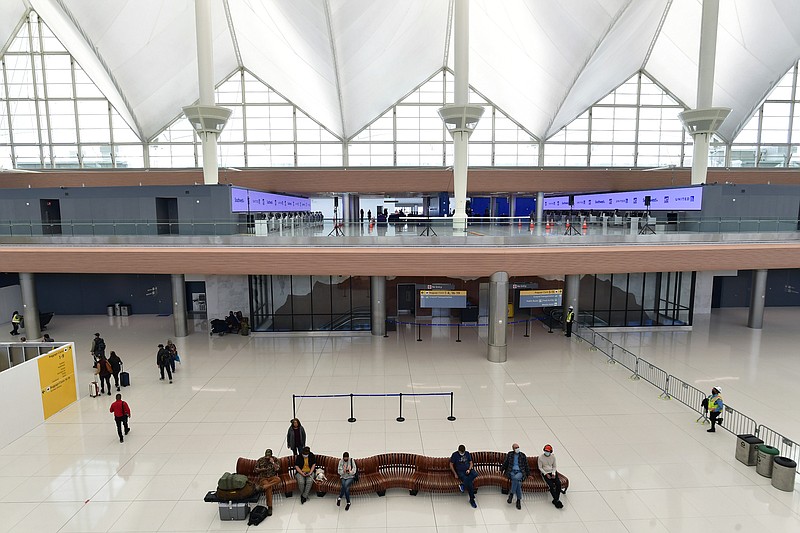Several years ago, former U.S. President Donald Trump compared the airports in the New York City area to third-world countries.
While Trump took some criticism, he wasn't that far off, as many American airports were decrepit and badly needed renovation or improvements.
Thanks to a bipartisan infrastructure bill two years ago, many airports across the country used the influx of cash, or are using it, to renovate their respective facilities. The Infrastructure Investment and Jobs Act earmarked $5 billion for airport terminal improvement projects as part of an overall budget of $20 billion for airports in 2022.
In New York, LaGuardia opened a new terminal in June 2022 worth $4 billion, which is part of a much larger renovation project worth around $8 billion. At John F. Kennedy International Airport, JetBlue celebrated the groundbreaking of a $4.2 billion project to develop a new international Terminal 6.
Delta Air Lines opened nine new gates at Los Angeles International Airport in October, just one element of an ambitious $2.3 billion expansion at the second-largest facility in the U.S. and one of the world's largest airports.
At Kansas City International Airport, a whole new terminal was built at a cost of almost $1.3 billion. Sarasota Bradenton International Airport in Florida recently broke ground on a $73 million project on a new five-gate terminal. Along with the usual airport services, the new terminal will provide family restrooms, nursing rooms and pet relief areas.
"SRQ has seen an unprecedented increase in passenger traffic and demand, growing from six airlines and 12 nonstop destinations to 11 airlines serving 55 nonstop destinations, over the last 5 years," CEO Rick Piccolo said. "This new facility will ease crowding and allow for future expansion of airlines and destinations."
Airports across the country are also innovating for the future of travel.
San Francisco International Airport is using the funding to set a goal to be the first airport in the world to achieve "triple-zero," zero carbon, zero waste and zero net energy. This goal has a lot of "firsts" behind it, such as the first LEED Gold airport terminal in the U.S., the first certified zero-net energy airport building in the world, the first airport in the world to prohibit the sale of beverages in plastic packaging, and the leading airport in the world for the use of sustainable aviation fuel, which emits less greenhouse gas emissions than traditional jet fuel.
San Antonio International Airport is also getting a new terminal. In March, the city unveiled design renderings and a 3D model of the new terminal. The space offers a reimagined passenger experience, which couldn't arrive at a better time. When it's finished in 2028, the airport will welcome a growing influx of visitors to San Antonio.
The revamp will include a 17-gate expansion, six of which will accommodate domestic and wide-body international flights. It will have more than 850,000 square feet of new terminal space, making it larger than Terminals A and B combined.
Other facilities making improvements include Seattle-Tacoma International Airport investing nearly $1 billion in a new terminal to handle more long-haul flights, and Hartsfield-Jackson Atlanta International Airport's plan for $11.5 billion in projects through 2042.
That's where part of the federal money is going. No more third-world airports.
Perhaps inspired by the success of these facilities, the government will also boost the budget for the Federal Aviation Administration. But that's another story.

